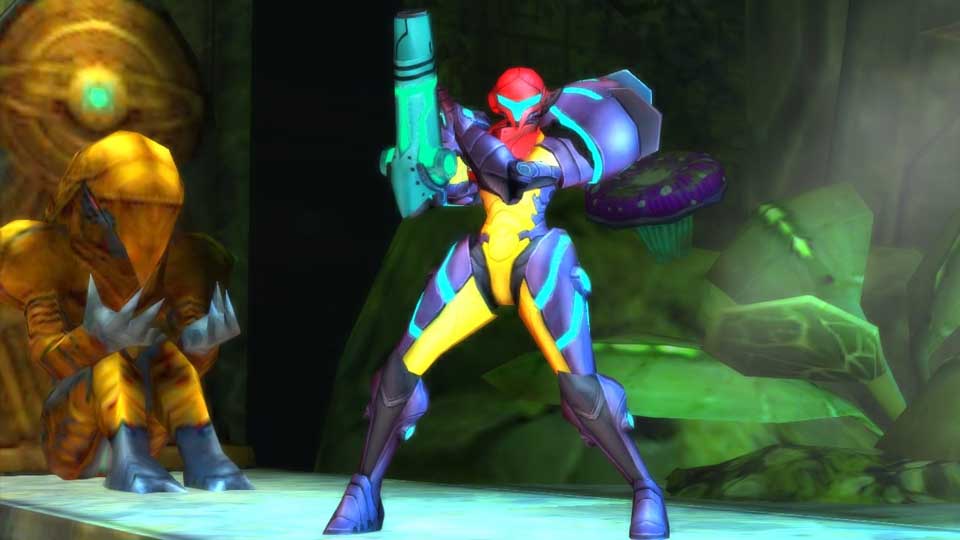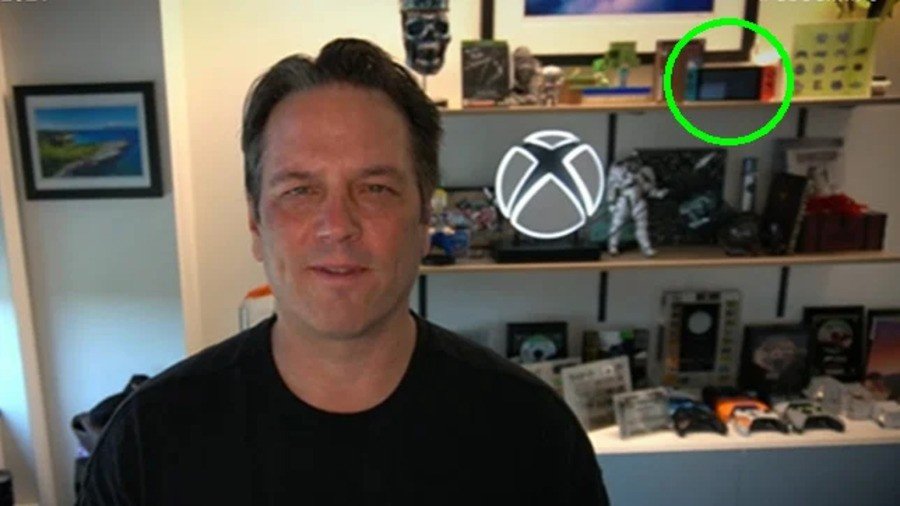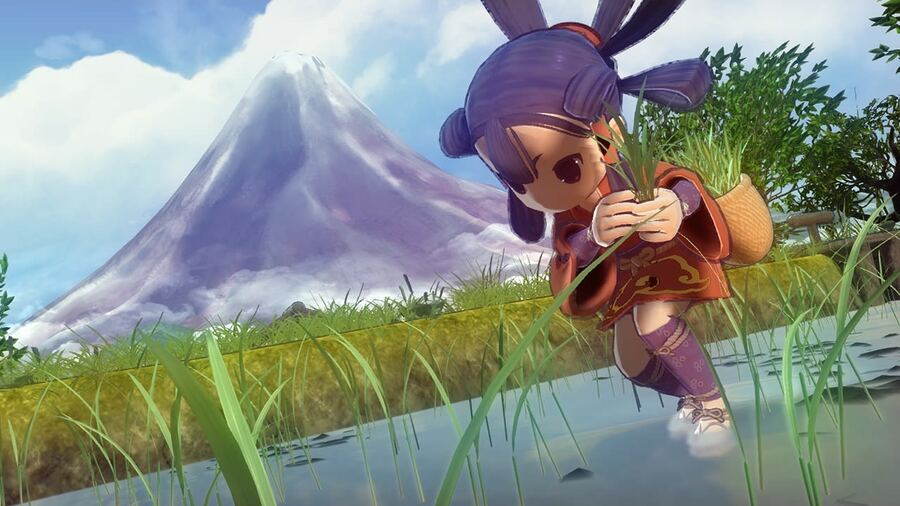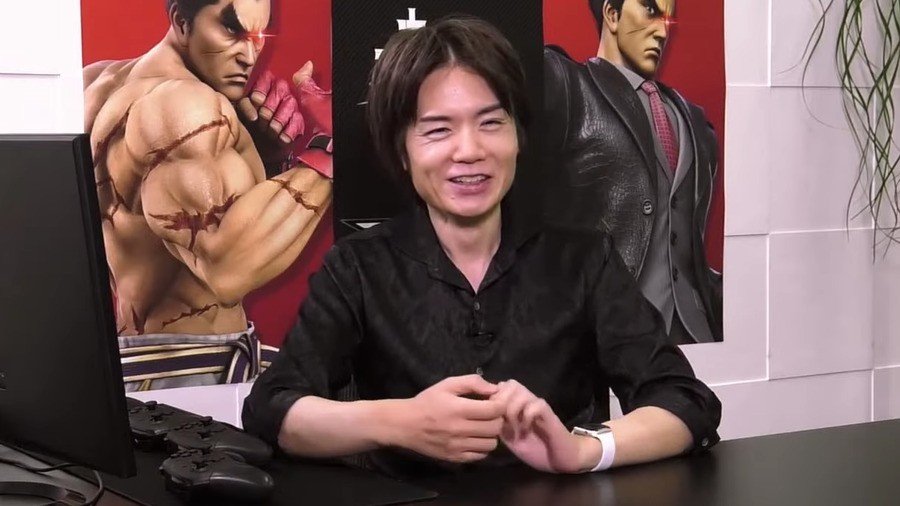Bits & Bytes is a weekly column where Editor-in-Chief Robert shares his thoughts about video games and the industry on a lazy Sunday. Light reading for a day of rest, Bits & Bytes is short, to the point, and something to read with a nice drink.
Playing The Legend of Zelda: Skyward Sword HD was a lot of fun, particularly because the team at Tantalus, the Australian studio that handled the game, got something right that Grezzo did not when it handled the remakes of Ocarina of Time and Majora’s Mask for 3DS. That something was mimicking the font and text scroll of Skyward Sword on Wii. I know that might not sound like such a big deal, but hear me out.
When playing any of the incarnations of the original Ocarina of Time, one thing that might slip past unnoticed is the way that Nintendo used scrolling text to great effect. The words don’t simply pop into existence on the screen. Instead, they scroll at a deliberate pace in order to convey emotion. There’s no voice acting in Ocarina of Time, so all of the dialogue is transmitted to the player via reading. In more traditional media like books, words are static images on the page, so any “acting,” or conveying of emotion, is going to fall on the reader to help fill in.
This scene from the N64 version of Ocarina of Time loses much of its impact on 3DS thanks to the generic font and completely uniform, nondescript text scroll used in that version of the game.
With Ocarina of Time, however, the words could scroll in and out, or even change colors, however the designers saw fit. That’s why many moments, particularly dramatic ones, throughout the game feature words that slowly fill the text box in for dramatic impact, or flash onto the screen quickly, and so on. The text scroll in Ocarina of Time was pivotal to the narrative experience, which is why it was so jarring to see Grezzo (or in fairness perhaps the localization team at NoA) drop it for the 3DS remake. Not only that, but the font of Ocarina of Time, which many consider to be Chiaro or something similar, is jettisoned as well for a nondescript sans serif.
The result of these omissions is a lifeless text scroll that abandoned all of the nuance and intent of the original. While I enjoyed both of the Zelda remakes on 3DS, the impact that mucking with the text scroll and font of both games was something that never escaped my notice. However, this time around with Skyward Sword HD, Tantalus did an excellent job of maintaining the look and feel of the text and scroll found in the original Wii version of the game. Like Ocarina, Skyward is a voiceless affair, so paying attention to how dialogue was delivered in the first iteration of Skyward Sword was key to providing as authentic an experience as possible on Switch.
One gripe I do have with the text in Skyward Sword HD, though, is that it’s too small! Why do modern game devs do this? The TVs keep getting bigger and the picture crisper, and in turn designers keep shrinking the text. Enough already!
The post Bits & Bytes: Fonts appeared first on Nintendojo.





